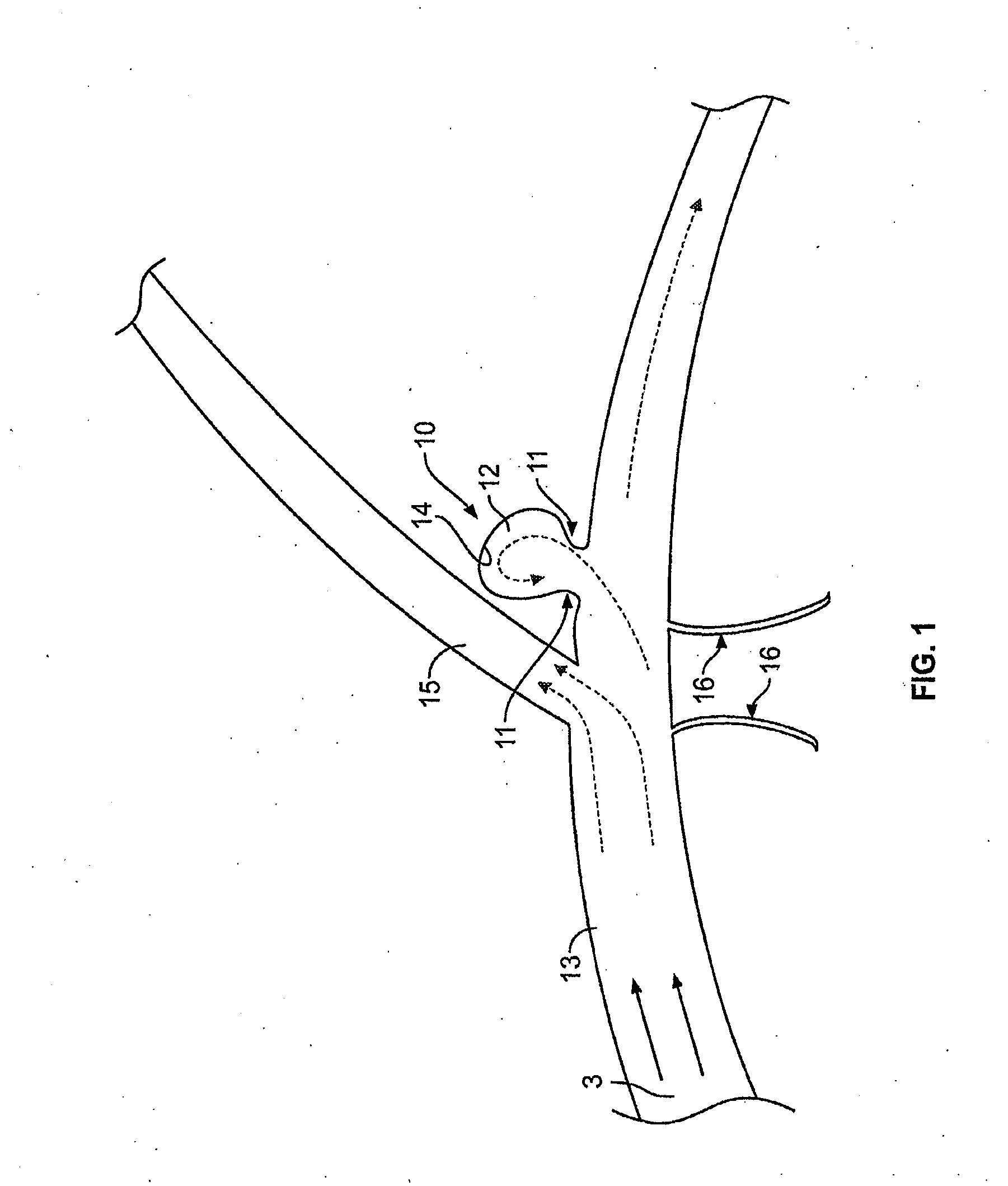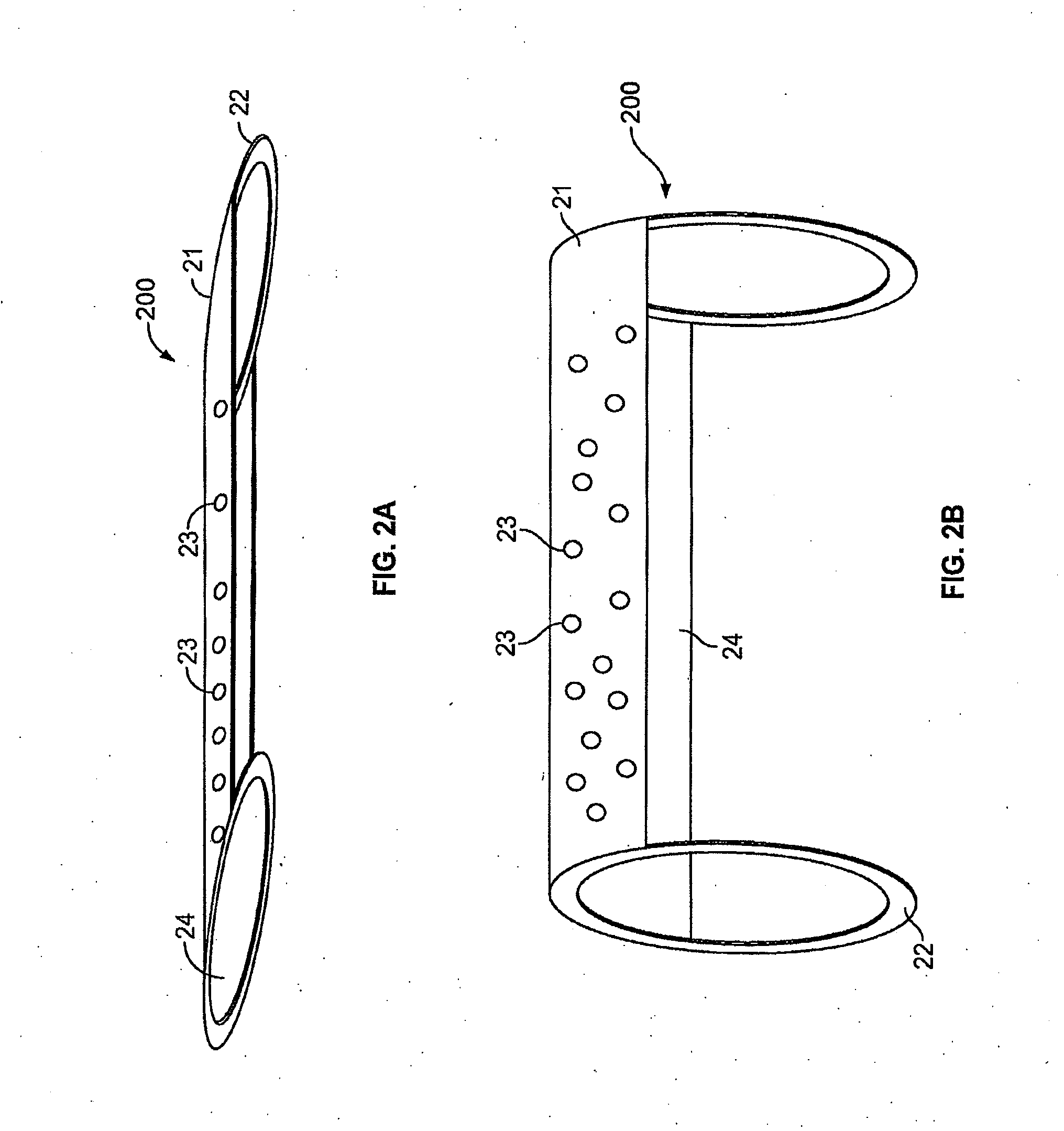Procedures for vascular occlusion
a technology of vascular occlusion and implantable devices, which is applied in the field of implantable devices, can solve the problems of weakened vessel walls, affecting associated body functions, and presenting complications or affecting the function of associated bodies, and achieves the effect of easy conformation
- Summary
- Abstract
- Description
- Claims
- Application Information
AI Technical Summary
Benefits of technology
Problems solved by technology
Method used
Image
Examples
Embodiment Construction
[0103]In the following detailed description, numerous specific details are set forth to provide a full understanding of the subject technology. It will be apparent, however, to one ordinarily skilled in the art that the subject technology may be practiced without some of these specific details. In other instances, well-known structures and techniques have not been shown in detail so as not to obscure the subject technology.
Occluding Device
[0104]FIG. 1 illustrates a typical cerebral aneurysm 10. A neck 11 of the aneurysm 10 can typically define an opening of between about 2 to 25 mm, though other sizes and ranges are also possible. As is understood, the neck 11 connects the vessel 13 to the lumen 12 of the aneurysm 10. As can be seen in FIG. 1, the blood flow 3 within the vessel 13 is channeled through the lumen 12 and into the aneurysm. In response to the constant blood flow into the aneurysm, the wall 14 of lumen 12 continues to distend and presents a significant risk of rupturing....
PUM
 Login to View More
Login to View More Abstract
Description
Claims
Application Information
 Login to View More
Login to View More - R&D
- Intellectual Property
- Life Sciences
- Materials
- Tech Scout
- Unparalleled Data Quality
- Higher Quality Content
- 60% Fewer Hallucinations
Browse by: Latest US Patents, China's latest patents, Technical Efficacy Thesaurus, Application Domain, Technology Topic, Popular Technical Reports.
© 2025 PatSnap. All rights reserved.Legal|Privacy policy|Modern Slavery Act Transparency Statement|Sitemap|About US| Contact US: help@patsnap.com



